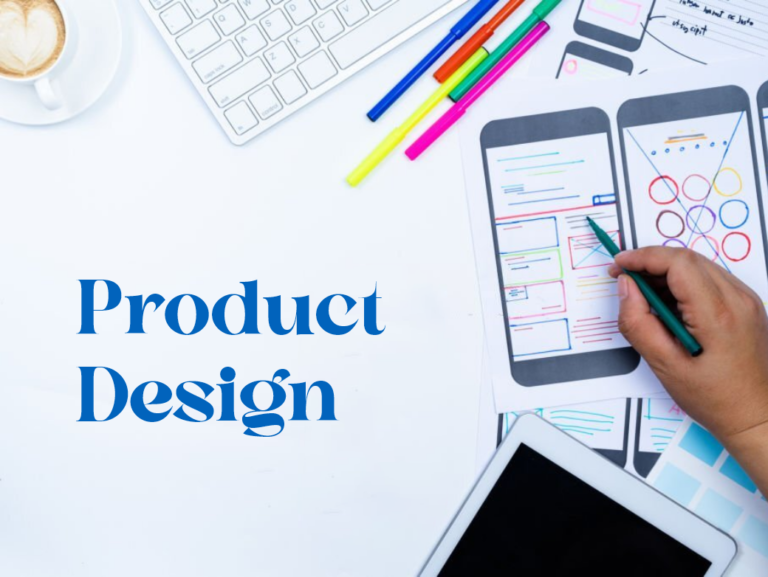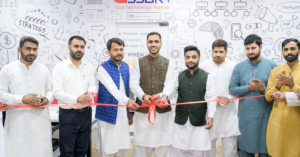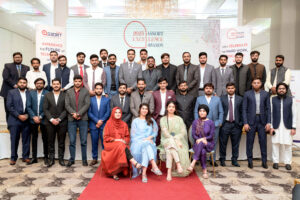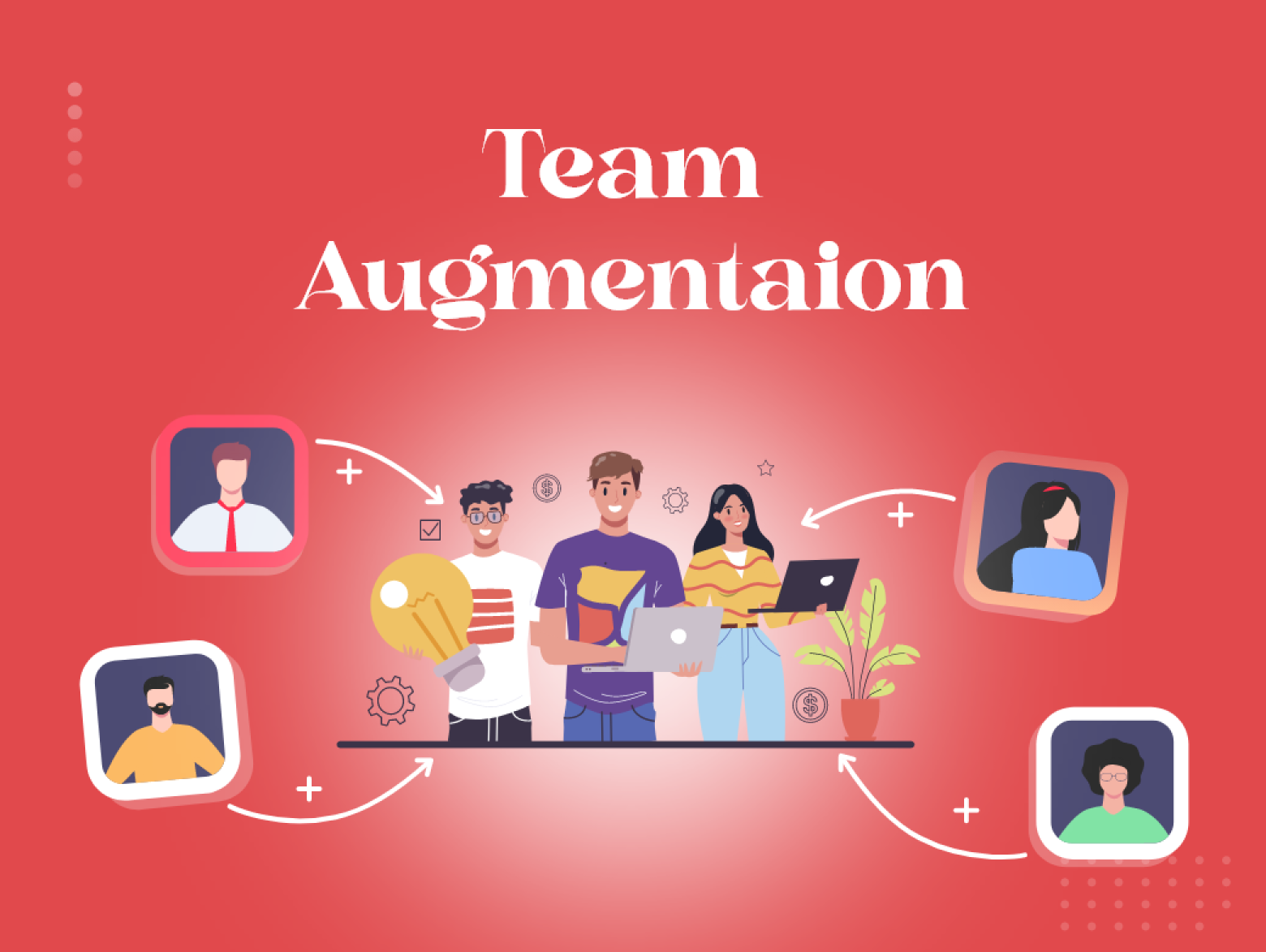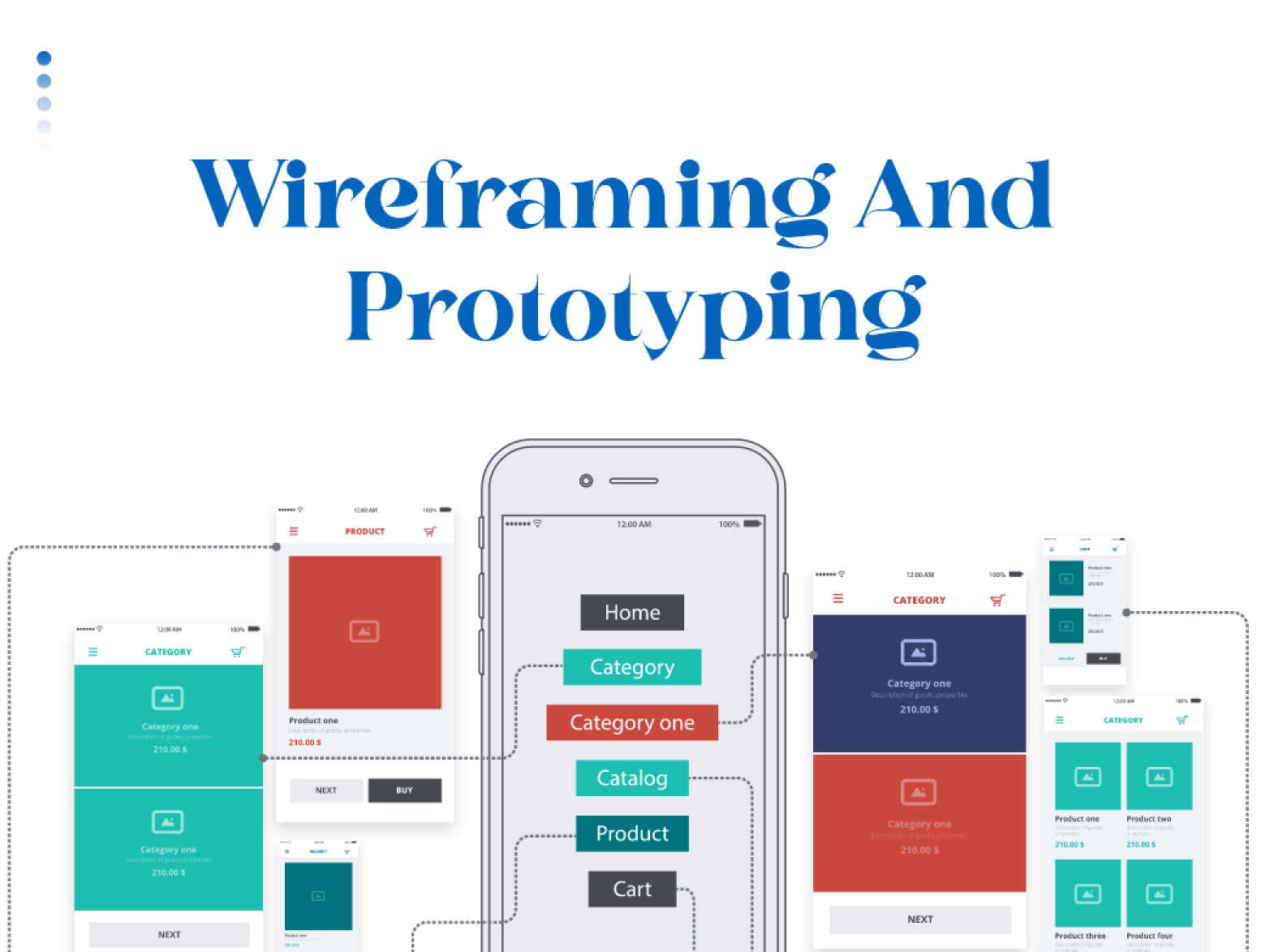Product design encompasses the process of envisioning, creating, and improving products that effectively address user needs and solve specific market problems. At the core of successful product design lies a deep understanding of the end-user—the individual for whom the product is designed. By employing empathy and knowledge of users’ habits, behaviors, frustrations, needs, and desires, product designers aim to tackle real-world issues. The ultimate goal of product design is to seamlessly cater to users’ needs, allowing them to engage with the product intuitively. This level of execution requires meticulous attention to detail and anticipation of user requirements.
Effective product design practices are integrated throughout the entire product lifecycle. From preliminary user research to concept development, prototyping, and usability testing, product design contributes to crafting the initial user experience and product offering.
However, its role doesn’t conclude there. Product design continues to refine the customer experience and incorporate additional functionality and capabilities in a smooth, discoverable, and non-disruptive manner. Maintaining brand consistency and ensuring ongoing product evolution are integral responsibilities within product design. Moreover, product design encompasses more than just the visual aspects presented on users’ screens. It involves designing robust systems and efficient processes that operate behind the scenes and ultimately shape the interface design that users encounter and interact with.
Principles of Product Design
The term “principle” refers to a fundamental idea or rule that elucidates or governs the functioning or occurrence of something.
Product design, on the other hand, involves the systematic creation of a product to address user problems, fulfilling their needs, and delivering an efficient solution. Product design principles encompass a collection of guidelines that assist teams in developing applications with maximum efficiency.
Address Existing Problems Instead of Just Creating Designs
While visual design is important, it shouldn’t overshadow the core purpose of the app. Consider a Ride-Hailing app that fails to fulfill its primary function of helping riders reach their destinations. In such cases, users won’t be impressed by the design alone. It’s crucial to prioritize solving user problems as the foundation of product design.
Remember, You Are Not the User
We often tend to overlook this principle regardless of our field. We may believe certain features are useful, but end-users may find them irrelevant. To avoid this pitfall, thorough research of user behavior is essential.
Embrace Simplicity and Intuitiveness
Product design should strive for simplicity and intuitiveness. Users should be able to resolve their pain points easily, without having to spend excessive time figuring out how the product works. Practical solutions that are easy to understand and use should be the goal.
Follow Established UX Fundamentals
It’s best to adhere to established UX practices rather than using complex or non-standard approaches. Familiar patterns and perceptions make the user experience more efficient and comfortable. Following well-tested practices enhances usability.
Evoke Positive Emotions
Functionality and appeal are crucial aspects of product design, but the emotional side is equally important. A software product should evoke positive emotions in users. It’s our responsibility to ensure that the emotions associated with the product are positive.
Foster Collaboration for Great Products
Successful products are the result of outstanding teamwork, where every team member pays attention to even the smallest details. Design creation plays a pivotal role in the development process, impacting it significantly. UX/UI designers, project managers, software engineers, and business analysts collaborate at every step. Each team member should have the app installed on their mobile devices to facilitate effective communication.
Adopt a Flexible Approach
Conventional approaches may not suit every unique product. Product designers need to consider individual client needs and product specifications. Applying flexible approaches allows us to meet those requirements effectively.
Deliverables Matter
The outcome holds great importance to us, and we approach our tasks with passion and unwavering dedication.
These are the core principles of product design that we follow at Assort Tech.
Elements of Product Design
Here are the key elements of a product design
Understanding
Achieving a product-market fit requires a deep understanding of all aspects of the design process and the people involved. Product Designers play a crucial role in identifying user needs and aligning them with business objectives.
Vision
A clear vision of your product’s appearance and problem-solving capabilities is essential. Communicate your expectations, business goals, and the desired timeline for the design process. Translate your vision into the digital realm by creating a prototype with the help of UX designers, developers, and designers.
Product/Function
Determine the specific features your product will offer and be mindful of your budget, as it influences its complexity. Focus on the most important functions and prioritize simplicity. Easy-to-use products have a higher chance of success. Look to popular tools that offer user-friendly experiences.
Users/Personas
Users are integral to the product design process. Conduct thorough research, including surveys and interviews, to understand your target audience. Develop user personas to gain insights and empathize with their perspective. While users are provided by decision-makers, personas result from extensive research, narrowing down the ideal target group.
Competition
Conduct competitive research, focusing on product offerings, user experiences, and visual design. Learn from competitors’ strengths and weaknesses. Analyzing competitors also helps understand their customers’ needs. Look for gaps in the market or areas where competitors’ solutions receive criticism. Identify your Unique Selling Proposition (USP) instead of repeating their mistakes.
Risks
Always consider the risks associated with any project. Understand the market better and be prepared for potential issues during product development. Identify risks such as missing cost or quality targets, exceeding schedules, creating unprofitable products, or failing to attract users. Managers and analysts should continuously monitor and analyze the project to mitigate risks effectively.
Process of Product Design
Step 1: Establish the Product Vision
At the initial design stage, take a step back and disconnect from your computer.
Ask yourself: “What is the purpose of this product?” Articulate a loose understanding of the product’s potential, its target users, and the problem it aims to solve. Define the desired user experience, envision how users will interact with the product, and identify why existing solutions fall short in addressing the identified problem.
Step 2: Explore the product landscape and market.
In the second stage, delve into market research to understand the players involved and their motivations. Ask yourself the following questions: How do users utilize their products, and who are these users? What impact do these products have? Examine how existing products were brought to market and distributed, Identify the competitors in the market.
Products can be categorized as incremental improvements or entirely new inventions. Determine which category your product falls into. Work backward from the perspective of customers. While good product designers consider competitors, exceptional researchers obsess over how people will use the product itself.
Step 3: Gather Feedback and Generate More Ideas
Build trust with future users through active listening. Demonstrate sound judgment and intuition by creating a prototype and seeking genuine feedback. Address these questions: How does your product enhance users’ lives? How will it be developed and within what timeframe? Who will be the target audience?
Seek diverse perspectives and embrace feedback, whether it confirms or challenges your assumptions. Utilize feedback to channel your curiosity and that of users into something practical and valuable. Product design is an ongoing process that never reaches a definitive conclusion.
Step 4: Ideate
During the ideation stage, demand excellence and set high standards. Thinking big can lead to self-fulfillment. By anticipating future challenges, product designers can conceive comprehensive solutions. Remember that a well-designed product unlocks value for end-users. If a design decision can be quickly reversed and is not irreversible, take action swiftly and embrace rapid ideation. Embrace calculated risk-taking.
Step 5: Build and Persist
No task is beneath you during the building stage. Measure your progress against the best in your field.
As a designer, it’s impossible to completely shield yourself from setbacks that arise when pushing technological boundaries or creating new products. Designing is difficult, but keep pushing forward. Keep bootstrapping. Never give up.
Step 6: Seek Validation and Analyze the Results
Designers must possess conviction and perseverance in their pursuit of design and product excellence. It is essential to seek validation for your designs and carefully analyze the results obtained.
Step 7: Define and Track Key Performance Metrics
To assess the success of your product, it’s crucial to define and track relevant metrics. Identify the metrics that matter to your specific product, such as monthly website visitors or user engagement on your website. For mobile applications, focus on metrics like downloads and active users. Rapidly gather feedback to gain insights and make further improvements to your product.
Following this process increases the chances of creating relevant and well-thought-out products that genuinely benefit users. However, it’s important to remember that even when following these steps, deviations can occur. Consider real-life examples of both good and bad design concepts. Reflect on how you can apply these insights to holistically evaluate the products you encounter in your daily life and identify opportunities for change and improvement.
Benefits of a Good Product Design
Product design plays a crucial role in defining the identity of a product. It serves as a medium to attract an audience and enhance a product’s value. Here are the advantages of product design for your business:
Customer satisfaction
Customers often evaluate a product based on its design. A visually appealing design, accessibility, and functional constraints convey a sense of premium quality to customers, leading to greater satisfaction.
Determinant of product success
Product design, along with innovation and trends, plays a significant role in determining the success of a product. It improves performance, efficiency, and cost-effectiveness.
Increased sales
Unique and well-designed products stand out in the market, directly impacting sales and increasing returns on investment for businesses.
Improved company quality
Product designers optimize the use of raw materials, reduce production costs, and minimize waste, ensuring high-quality products that stand out from the competition.
Enhanced business growth
Product design communicates the aesthetic value of a company, which directly influences product sales and, consequently, business growth.
Designing for your customers
Product design adds value to your products and influences customers’ purchasing decisions. Customers are often willing to pay more for well-designed products that offer usability, functionality, and aesthetics.
Designing for efficiency
Product designers improve operational efficiency, cost-effectiveness, and the quality of end products and packaging. This can result in significant savings for businesses and facilitate compliance with sustainability regulations and legislation.
Remember, product design has the potential to drive customer satisfaction, sales, and overall business success while optimizing efficiency and quality.
Wrapping Up
Product design plays a vital role as it creates a distinct and innovative experience for consumers, attracting new customers and fostering loyalty. It has the power to leave a lasting impression, contributing to the development of strong brand loyalty. Furthermore, product design is crucial for delivering utility to consumers, ensuring that the product offers value and meets their needs. Designing a successful product requires a focus on creating an enticing and reusable experience that resonates with consumers.
In the product development process, product design holds great significance. It ensures that the final product is user-friendly, visually appealing, and economically viable for manufacturing. It involves careful planning and thoughtful consideration of details before diving into the actual design phase.

